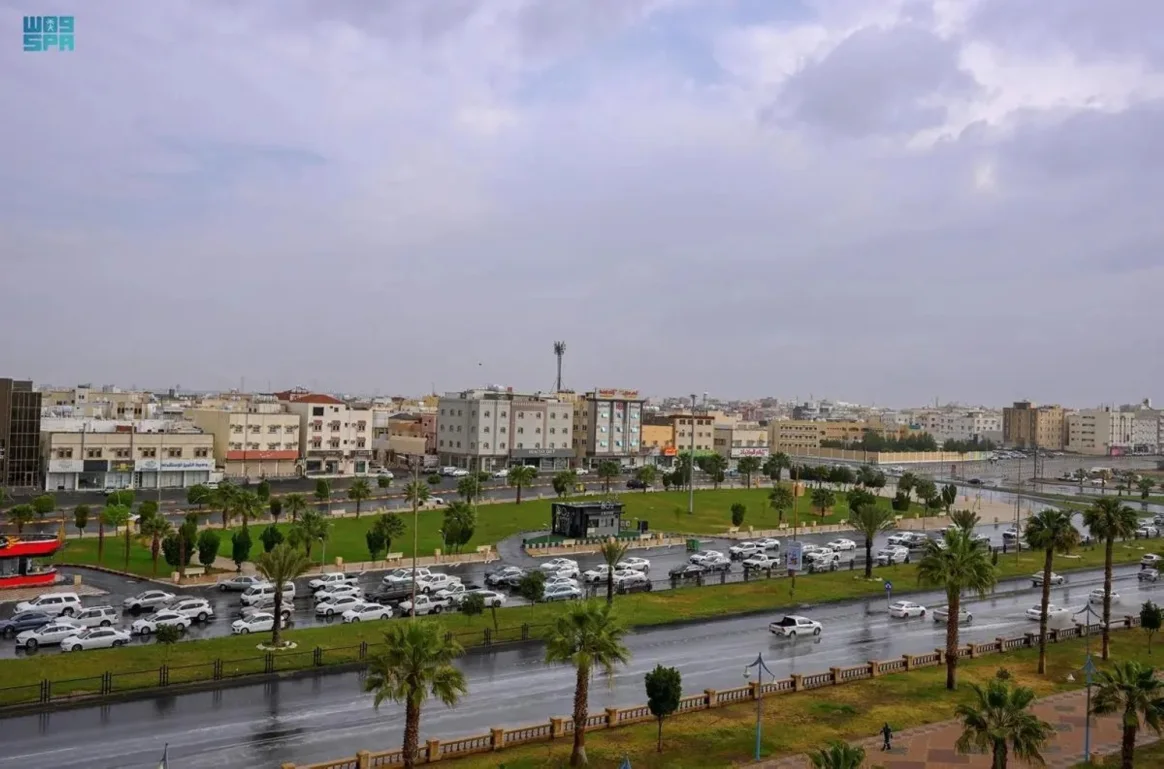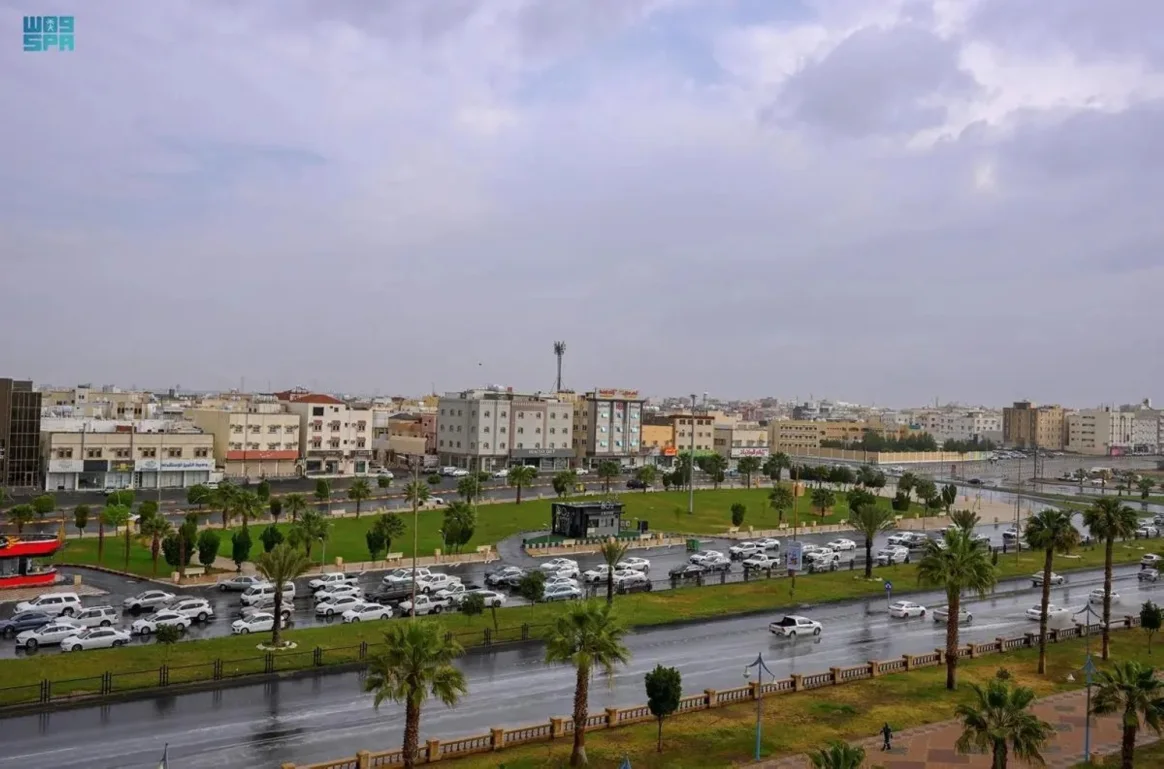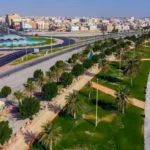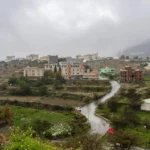Mecca, located in the Hejazi region of Saudi Arabia, is the holiest city in Islam and the birthplace of the Prophet Muhammad. Central to the Islamic practice of pilgrimage, or
About: Mecca
Mecca, located in the Hejazi region of Saudi Arabia, is the holiest city in Islam and the birthplace of the Prophet Muhammad. It is home to the Kaaba, a cube-shaped building within the Masjid al-Haram mosque, which Muslims face during their daily prayers and toward which they make an annual pilgrimage, known as Hajj, as one of the Five Pillars of Islam. Historically, Mecca was a major trading hub, but its primary significance has always been religious, dating back to pre-Islamic times when it served as a sanctuary for various tribes in the region.
About: Medina
The Medina, which refers to the old part of many cities in North Africa and the Middle East, is often characterized by narrow, winding streets, historic architecture, and bustling markets. In the context of the city of Medina in Saudi Arabia, it is highly significant as the second holiest city in Islam, after Mecca. The Prophet Muhammad migrated to Medina in 622 AD, an event that marks the beginning of the Islamic calendar, and the city is home to the Prophet’s Mosque, which contains his burial site.
About: Jizan
Jizan, also spelled Jazan, is a port city located in the southwest corner of Saudi Arabia, near the Yemen border. Historically, it has been a vital trading hub due to its strategic location on the Red Sea and its proximity to the fertile Tihama plain. Today, Jizan serves as the capital of the Jizan Region and is known for its thriving economy centered around agriculture, fishing, and a growing tourism sector, highlighted by beautiful islands and coastal attractions.
About: Asir
Asir is a region located in the southwest of Saudi Arabia, defined by its mountainous terrain and fertile lands, making it distinct from the desert landscapes that characterize much of the rest of the country. Historically, Asir was inhabited by various tribes and was once part of the ancient South Arabian civilizations. Today, it is known for its rich cultural heritage, including traditional architecture, vibrant markets, and the unique Asiri art, which has been recognized by UNESCO for its cultural significance.





